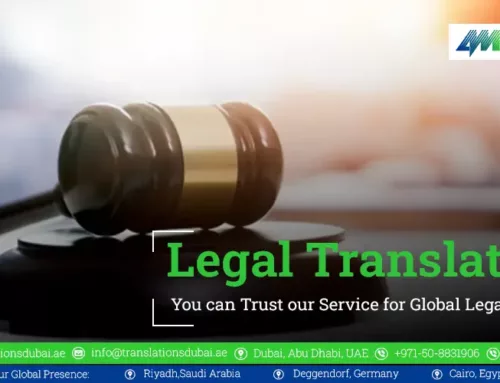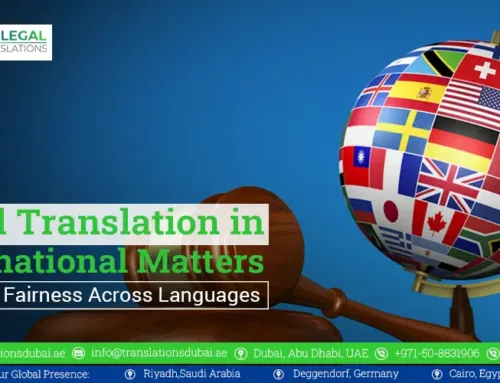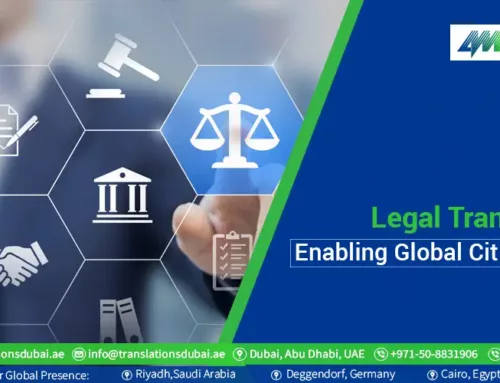Welcome to our blog! Today, we’re exploring the complex world of 4M Translation in multilingual contracts. As businesses expand globally, the need for accurate and effective Legal Translation has become more crucial than ever. However, navigating through the intricacies of translating legal terms and concepts across multiple languages can be a daunting task, with potential pitfalls that can have serious consequences.
In this post, we’ll explore some common challenges and share strategies to ensure successful and legally sound translations in multilingual contracts. So, let’s get started!
Understand Legal Translation
Translation is a specialized field that involves translating legal documents, contracts, and texts from one language to another. It requires not only a strong command of the source and target languages but also a deep understanding of the legal systems and terminology involved.
Legal and accurate translation is a complex process that goes beyond simply replacing words with their equivalents in another language. It requires careful consideration of cultural nuances and the ability to accurately convey legal concepts and principles. Understanding the intricacies of translation is crucial for ensuring accurate and reliable translations in multilingual contracts.
Legal Translation in Multilingual Contracts
Legal and accurate Translation in Multilingual Contracts” is crucial for global business agreements. Utilizing advanced services like 4M Translation ensures accurate, context-aware translations, reducing misunderstandings. Our service considers legal nuances and cultural variations, fostering international cooperation and compliance.
By facilitating comprehension of complex legal terms across languages, businesses can confidently navigate multilingual contracts, enabling smoother transactions in the global marketplace.
The Challenges of Legal Translation
Translation poses a unique set of challenges, especially in the context of multilingual contracts:
- One of the main difficulties is ensuring consistency across different languages while accurately conveying the legal terms and concepts.
- Additionally, the intricate nature of legal language can make it difficult to find exact equivalents in the target language.
- Cultural nuances and differences in legal systems further complicate the translation process.
To overcome these challenges, our translators possess not only language skills but also a deep understanding of the legal field. We are able to navigate through the complexities of Legal Translation and offer creative solutions to accurately translate legal content and documents. Our experts not only translate documents, but we also prioritize the privacy of our customers‘ documents.
Pitfalls in Legal Translation
Navigating the world of translation in Multilanguage contracts can be treacherous:
- One of the biggest pitfalls is overlooking the importance of accuracy and precision. A small mistake in translation can have serious legal consequences.
- Additionally, cultural differences can lead to misinterpretations or misunderstandings of legal concepts.
- Another challenge is dealing with ambiguous or untranslatable terms, which require careful consideration to ensure accurate conveyance of meaning.
- Lastly, the complexity of translation – meaning translating not just words, but also legal systems and terminology – can add another layer of difficulty.
Being aware of these pitfalls is crucial in achieving successful and legally sound translations.
Strategies for Legal Translation
When it comes to translation in multilanguage contracts, several strategies can help ensure accuracy and effectiveness:
- First, it is important to work with professional translators like 4M Translation who specialize in legal and accurate translation and have a strong command of both the source and target languages.
- Additionally, utilizing technology such as translation memory tools can help maintain consistency and efficiency in the translation process.
- It is also crucial to conduct thorough research and collaborate closely with legal experts to ensure the proper interpretation and translation of legal terms and concepts.
- Lastly, regularly reviewing and updating translation glossaries can help maintain accuracy and consistency in future translations.
By implementing these strategies, businesses can navigate the complexities of translation and achieve successful outcomes in multilanguage contracts.
Best Practices for Achieving Legal and Accurate Translation
When it comes to achieving translation in multilanguage contracts, there are some best practices to keep in mind:
- Firstly, it’s important to ensure that you work with professional translators who have expertise in both the legal field and the languages involved.
- Additionally, utilizing advanced translation technology and tools can help improve efficiency and accuracy. Taking the time to thoroughly review and edit translations, and seeking input from 4M Translation experts if necessary, can also contribute to achieving accurate translations.
- Finally, maintaining clear communication with all parties involved throughout the translation process is crucial for ensuring accuracy and understanding.
By following these best practices, you can navigate the complexities of translation and achieve accurate and reliable translations in multilanguage contracts.
Read More: Legal Translation: Overcoming Language Barriers in International Legal Disputes






